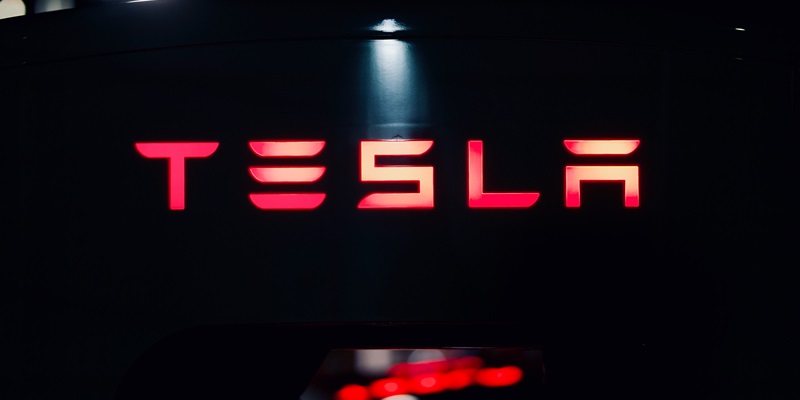A recent federal appeals court ruling has provided welcome news for employers who enforce uniform policies. The U.S. Court of Appeals for the Fifth Circuit determined that the National Labor Relations Board (NLRB) exceeded its authority by declaring that any employer meddling with an employee’s right to display union insignia, no matter how small, is permissible only under certain “special circumstances.” This ruling challenges the NLRB’s attempt to render all company uniforms presumptively unlawful, stating that such a decision falls outside the NLRB’s jurisdiction.
The NLRB’s pronouncement on employer interference with displaying union insignia required the presence of “special circumstances” for employers to restrict employee choices. This rule effectively made all company uniforms suspect, placing the burden on employers to justify any restriction.
Criticism of NLRB’s Rule and Impact on Company Uniforms
The court opined that the NLRB’s sweeping generalization undermined the legitimacy of company uniform policies. By making them presumptively unlawful, the NLRB rendered it difficult for employers to enforce dress codes that serve legitimate purposes such as safety, brand image, and customer perception.
Tesla’s Uniform Policy and Union Organizing Efforts
The case at hand involves Tesla, an electric vehicle manufacturer, which implemented a policy requiring employees to wear assigned clothing while on the job. In 2017, union organizing efforts commenced, leading some employees to deviate from the policy by wearing black cotton UAW shirts instead of the stipulated Team Wear.
ALJ’s Decision in Favor of the Union
An administrative law judge (ALJ) took the side of the union, arguing that the policy’s application lacked any special circumstances warranting employees’ restriction to Team Wear.
Tesla’s Objection to the “Special Circumstances” Test
Tesla objected to the NLRB’s application of the “special circumstances” test, emphasizing the neutrality of its work uniforms policy. Tesla argued that workers remained free to display union insignia on their team wear, thereby not discriminating against union communication.
Fifth Circuit’s Ruling in Support of Tesla
Upon appeal, a panel of the Fifth Circuit Court of Appeals offered a more grounded perspective. The court underscored that Tesla’s policy pursued a legitimate employer interest without undermining union communication rights.
Justification of Tesla’s Uniform Policy
The court found that Tesla’s uniform policy was reasonable and not unjustly biased against union communication. The policy allowed employees to freely display union insignia on their assigned Team Wear, striking a balance between the company’s needs and the employees’ union rights.
NLRB Decision Vacated
In light of the Fifth Circuit’s ruling, the NLRB’s decision regarding Tesla’s uniform policy was deemed excessive and beyond its authority. As a result, the court vacated the NLRB’s decision, reinforcing the importance of maintaining a fair balance between employers’ legitimate interests and employees’ rights to union communication.
The recent federal appeals court ruling offers a sigh of relief for employers who require employees to wear company uniforms. The court’s decision serves as a reminder that employers have the right to enforce policies that advance legitimate interests without suppressing union communication. Companies can now navigate uniform policies with greater clarity, ensuring they strike a reasonable balance between maintaining brand image, ensuring safety, and respecting employees’ union rights.

